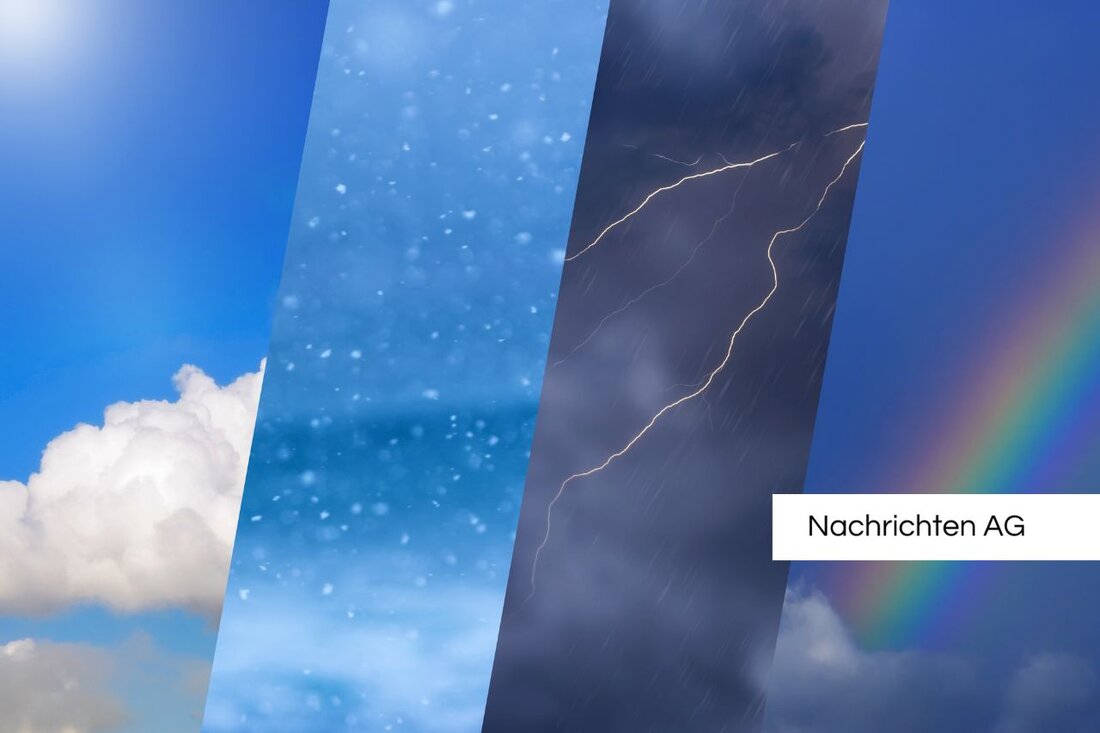Hail and storm warn: Supercell is moving over Lower Austria!
Strong thunderstorms and hail warnings in Lower Austria on June 5, 2025. Supercell expected, moving northeast.

Hail and storm warn: Supercell is moving over Lower Austria!
On June 5, 2025, the weather situation in Lower Austria remains tense. Several thunderstorm cells are currently active, including a particularly strong supercell north of Horn. This is moving in a north-easterly direction and has triggered WARNINGS for heavy rain, squalls and hail with grain sizes of up to 4 cm. Hazardous conditions may occur in affected areas.
The current situation also shows further thunderstorm cells that are moving from the Zwettl area in the Waldviertel to the Czech border and north of Stockerau. These cells also follow a northeasterly direction of movement. Despite the current situation, there are no official severe weather warnings, but small-grain hail, gusts of wind and heavy rain are expected, which does not make the situation any less critical.
Outlook for the coming weather situation
The weather situation will remain unstable over the weekend. The first showers are expected to occur in the west and north on Saturday. As the day progresses, thunderstorms may increase along the northern side of the Alps and in the central mountainous region. In the evening, strong thunderstorms are also possible in the east, while sunny and dry conditions will often prevail in the south. Temperatures vary between 24 and 32 degrees, which could cause additional instability.
Whitsun Sunday brings with it a cold front that is accompanied by noticeable cooling and widespread thunderstorms. While temperatures can reach up to 30 degrees in the south, it gets significantly cooler in other regions. Whit Monday is expected to be changeable and windy, with a fresh weather character.
Background on extreme weather situations
The frequency and intensity of such extreme weather events has increased in recent years. This is not just a local phenomenon but is related to global climatic changes. Scientists warn that such weather conditions could become more common in the future, underscoring the need for better preparation and adaptation. Research shows that the likelihood of extreme weather conditions is increasing, confirming the need for warning systems and preventative measures.
Citizens in the affected regions need to remain vigilant and follow the weather forecasts closely. It is advisable to take precautions to minimize possible damage from squalls, hail or heavy rain. Further information on current developments and future weather forecasts can be found at 5min.at, Weekend.at and Tagesschau.de.

 Suche
Suche
